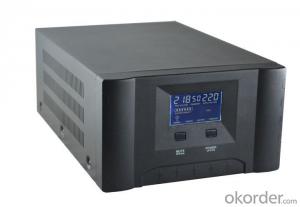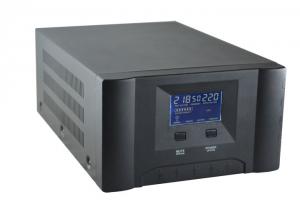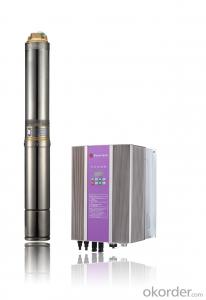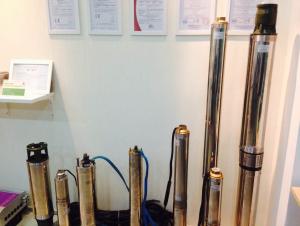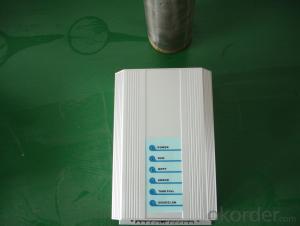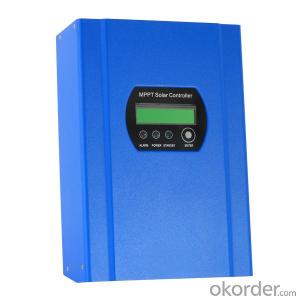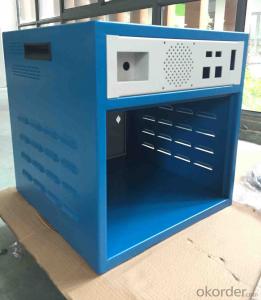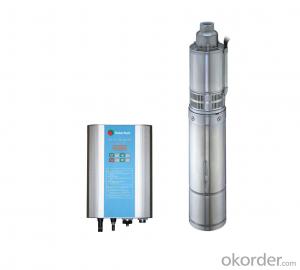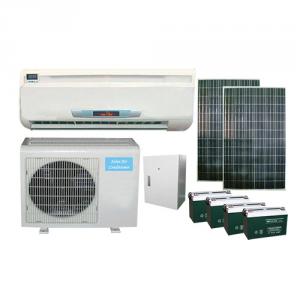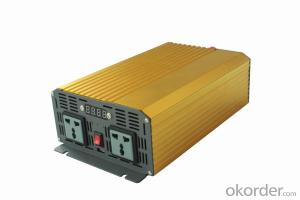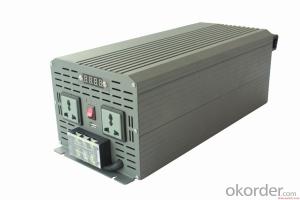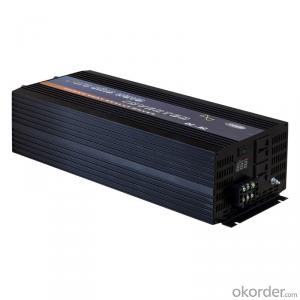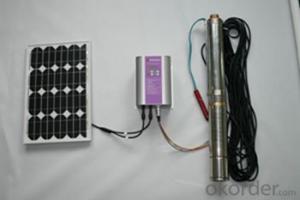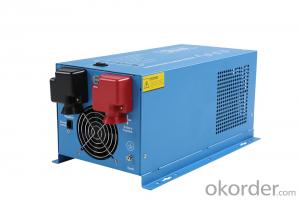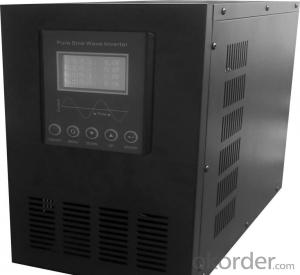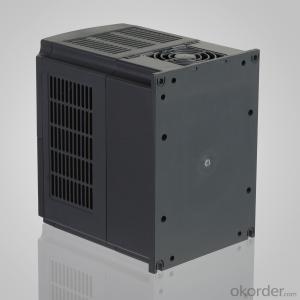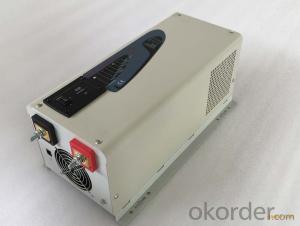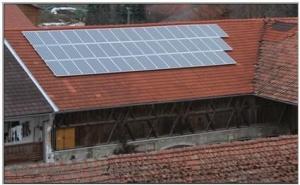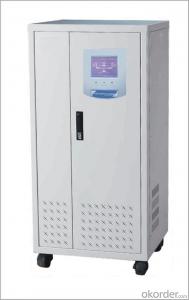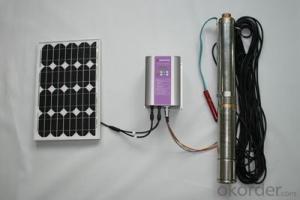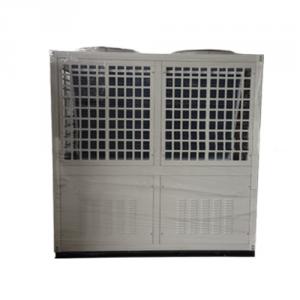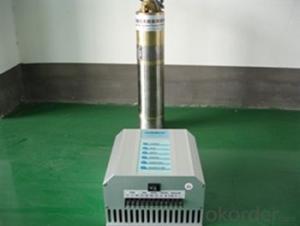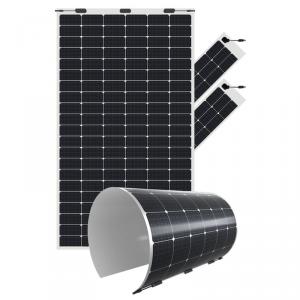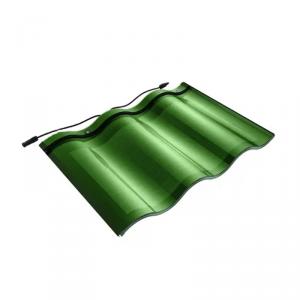Solar Power Inverter Dc To Ac
Solar Power Inverter Dc To Ac Related Searches
Dc To Ac Solar Power Inverter Solar Dc To Ac Power Inverter Solar Power Dc To Ac Inverter Dc To Ac Solar Inverter Dc To Ac Inverter Solar Solar Dc To Ac Inverter Solar System Dc To Ac Inverter Solar Dc Ac Inverter Solar Panel Dc To Ac Inverter Solar Inverter Ac Dc Ac Dc Solar Inverter Ac Dc Inverter Solar Dc To Ac Inverter Solar Panel Dc Inverter Ac On Solar Panel Solar Power To Ac Inverter Solar Dc Inverter Solar Power Ac Inverter Dc Ac Inverter Solar System Inverter Ac On Solar Power Solar Ac Inverter Solar Inverter Ac Ac Inverter Solar Ac Inverter For Solar Panels Buy Dc To Ac Converter Solar Power To Inverter Ac Solar Pump Inverter Solar Inverter Ac Output Inverter Ac With Solar Panel Inverter Ac Solar System Solar And Ac InverterSolar Power Inverter Dc To Ac Supplier & Manufacturer from China
Solar Power Inverter Dc To Ac is a crucial component in the solar energy conversion process, transforming direct current (DC) generated by solar panels into alternating current (AC) that can be utilized by electrical appliances and systems. This product plays a pivotal role in ensuring the efficient and effective use of solar energy, making it an essential part of any solar power system.The application and usage scenarios of Solar Power Inverter Dc To Ac are vast, ranging from residential rooftop installations to large-scale commercial and industrial setups. These inverters are employed in various environments, such as homes, businesses, and public facilities, to harness the power of the sun and reduce reliance on traditional energy sources. By converting DC power from solar panels into AC power, these inverters enable the integration of solar energy into the existing electrical grid, promoting sustainability and reducing carbon footprints.
Okorder.com stands as a reputable wholesale supplier of Solar Power Inverter Dc To Ac, boasting a large inventory that caters to the diverse needs of customers worldwide. With a commitment to quality and customer satisfaction, Okorder.com ensures that the inverters they provide are of the highest standard, meeting the demands of various solar power applications.
Hot Products



